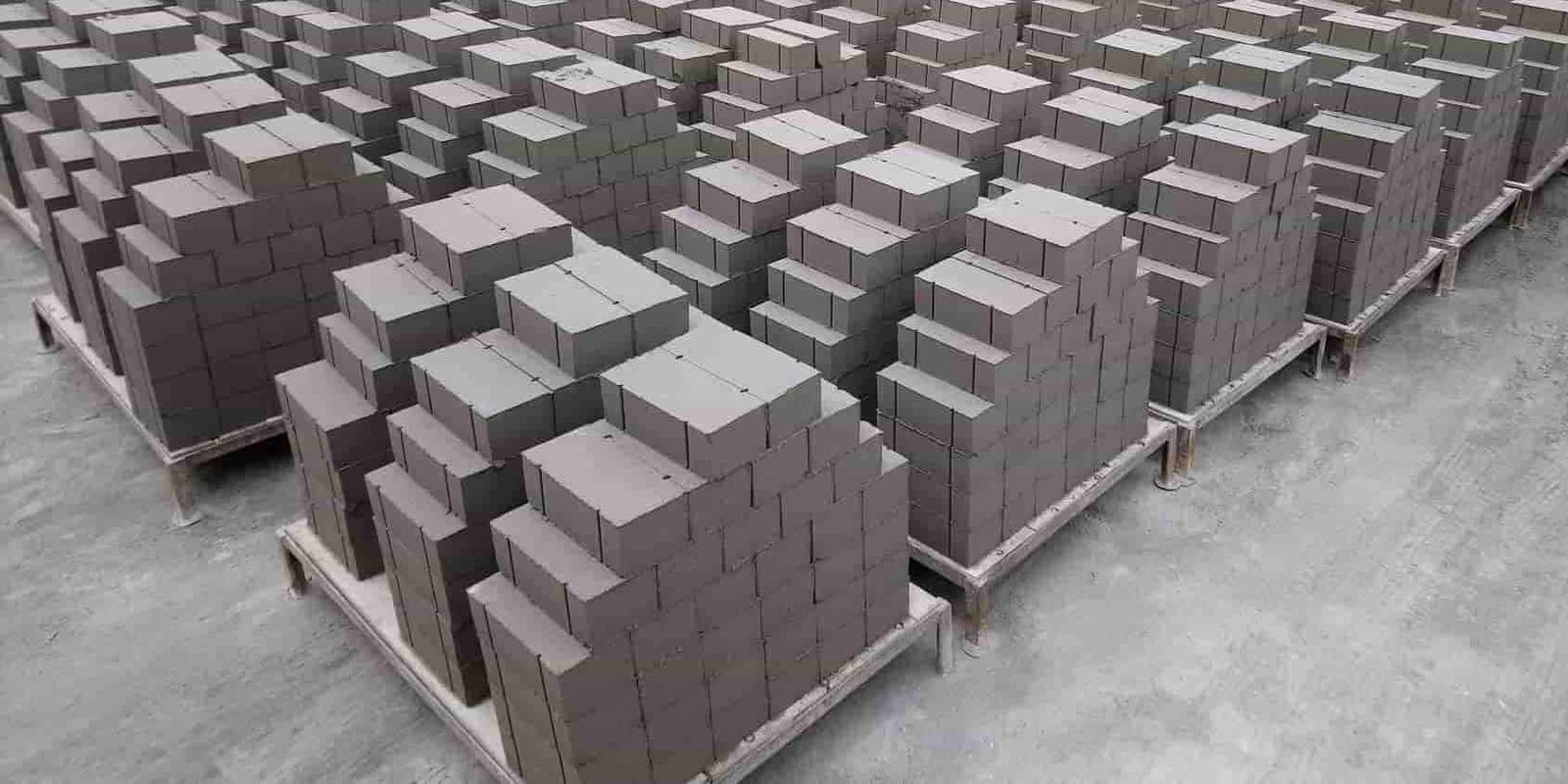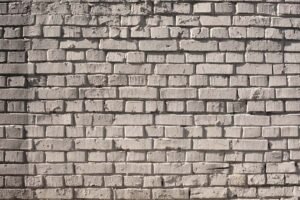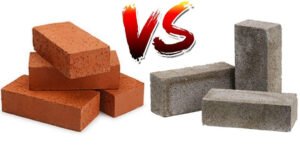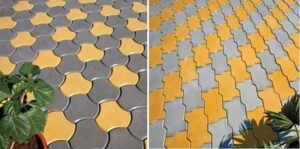The construction industry is responsible for a significant amount of waste, and one of the most significant sources of waste is fly ash. Fly ash is a by-product of coal-fired power plants, and for decades, it was just dumped in landfills. However, as environmental concerns grow, more and more companies are turning to fly ash bricks as an environmentally friendly and cost-effective alternative to traditional bricks. This article will explore the story of fly ash bricks, their benefits, and why they are an essential component of sustainable construction.
What Are Fly Ash Bricks?
Fly ash bricks are made from a mixture of fly ash, cement, sand, and water. The mixture is then molded into bricks, which are dried and cured before use. The bricks have a uniform shape and size, and they can be made in various colors depending on the raw materials used. Unlike traditional bricks, fly ash bricks do not require firing in a kiln, which makes them more energy-efficient and environmentally friendly.
The Benefits of Fly Ash Bricks:
There are several benefits to using fly ash bricks in construction, including:
Environmental Benefits:
As mentioned earlier, fly ash is a by-product of coal-fired power plants. By using fly ash in bricks, construction companies are reducing the amount of waste that goes into landfills. Additionally, since fly ash bricks do not require firing in a kiln, they emit less carbon dioxide than traditional bricks.
Cost-Effective:
Fly ash bricks are less expensive than traditional bricks because they require less energy to produce. Additionally, fly ash is often cheaper than traditional raw materials, making it an affordable option for construction companies.
Durability:
Fly ash bricks are highly durable and can withstand extreme weather conditions. They also have a high compressive strength, which makes them ideal for use in the construction of buildings and infrastructure.
Thermal Insulation:
Fly ash bricks have excellent thermal insulation properties, which means they can help regulate the temperature inside a building. This can reduce energy consumption and lower heating and cooling costs.
Sound Insulation:
Fly ash bricks also have excellent sound insulation properties, which can help reduce noise pollution in urban areas.
The Story of Fly Ash Bricks:
The use of fly ash in construction is not a new concept. In fact, fly ash has been used in construction since the 1930s. However, it was not until the 1990s that fly ash bricks became a popular alternative to traditional bricks.
The first company to produce fly ash bricks commercially was the Visakhapatnam Steel Plant in India. The company was looking for a way to reduce its waste and came up with the idea of using fly ash in bricks. The company began producing fly ash bricks in 1992 and soon found that they were in high demand.
Since then, the use of fly ash bricks has spread to other countries, including the United States, where they are commonly used in the construction of buildings and infrastructure. In fact, according to the American Coal Ash Association, over 60% of fly ash produced in the United States is used in the construction industry.
The Future of Fly Ash Bricks:
As environmental concerns continue to grow, the use of fly ash bricks is likely to become even more widespread. In fact, some experts predict that fly ash bricks could become the standard for construction in the future.
However, there are still some challenges that need to be addressed. One of the biggest challenges is the lack of awareness and understanding of fly ash bricks among consumers and construction companies. Many people still believe that traditional bricks are the only option, and it can be challenging to convince them otherwise.
Another challenge is the lack of regulation in some countries. Fly ash is considered a hazardous waste in some countries, which can make it difficult to use in construction. Governments and regulatory bodies need to work together to create policies and guidelines for the safe and responsible use of fly ash in construction.
Despite these challenges, the future looks bright for fly ash bricks. As more and more people become aware of their benefits, the demand for fly ash bricks is likely to increase. Additionally, advancements in technology and manufacturing processes are making fly ash bricks even more cost-effective and environmentally friendly.
Conclusion:
Fly ash bricks are a sustainable and cost-effective alternative to traditional bricks that offer numerous environmental and practical benefits. While there are still some challenges to be addressed, the use of fly ash bricks is likely to become even more widespread in the future, as the construction industry continues to prioritize sustainability and environmental responsibility.




